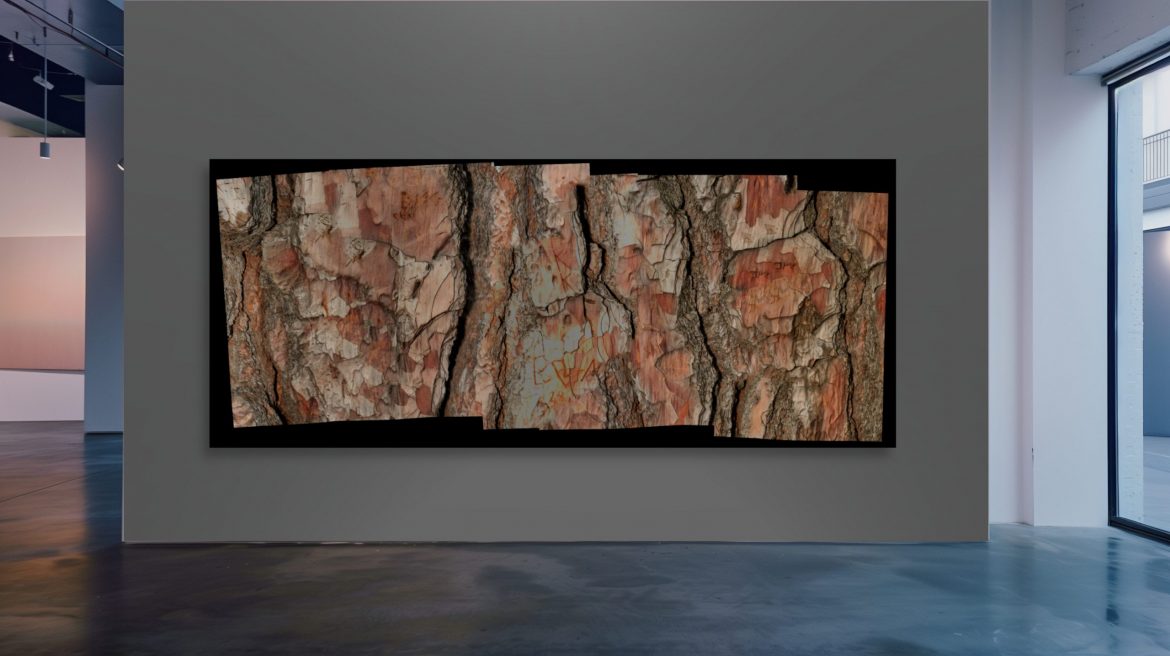canary island pine
The Canary Island Pine growing in Sydney's Royal Botanical Gardens is thriving. Planted by Sir William MacArthur between 1820 and 1861, a photograph of this Pinus canariensis appeared in the Agricultural Gazette of NSW in 1908.
It was a mature 16 metres tall then. Today it is one of the tallest trees in the gardens. Its location overlooking Sydney's harbour is not a natural forest but the view is breathtaking.
